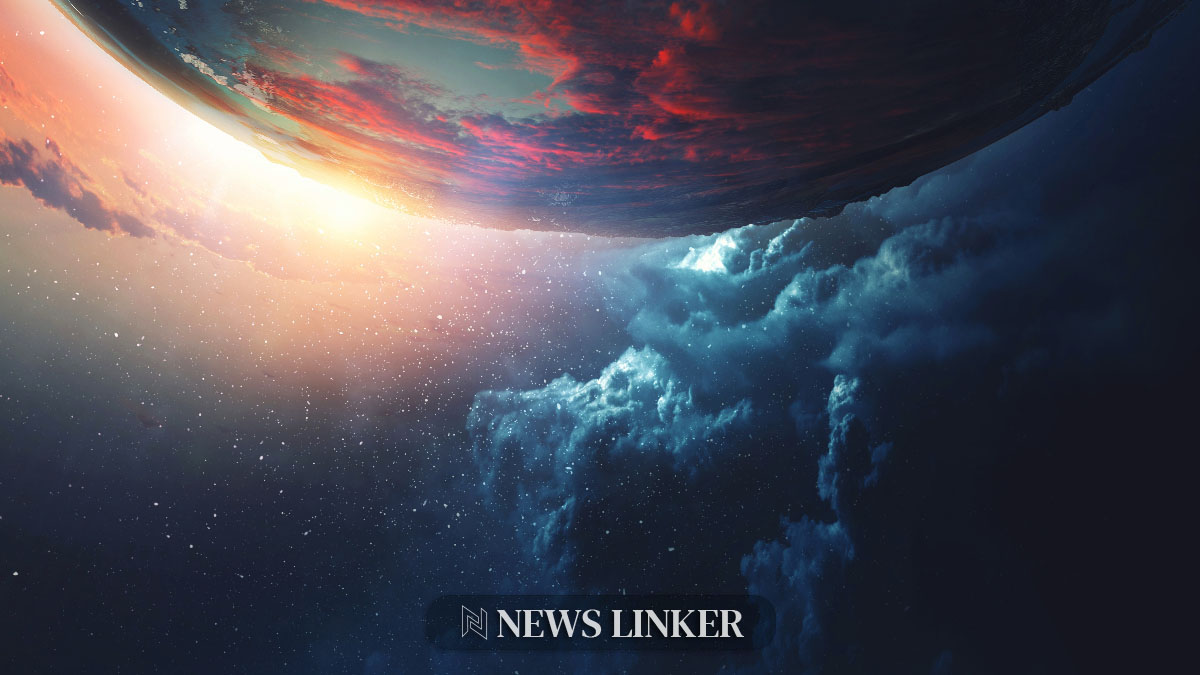Galaxies are fascinating structures that have intrigued scientists for decades. Recent observations from NASA’s James Webb Space Telescope have provided unprecedented insights into early galaxy formation. These galaxies, observed when the universe was only a few hundred million years old, offer a glimpse into the processes that shaped our cosmos. The discovery is not only a technological marvel but also a significant milestone in our understanding of cosmic evolution.
Researchers utilizing data from the James Webb Space Telescope identified three galaxies potentially in the earliest stages of formation, dating back to a period when the universe was merely 400 to 600 million years old. These galaxies are enveloped in dense gas, primarily hydrogen and helium. The telescope’s sensitivity allowed for the detection of this gas, which is expected to fuel the birth of new stars within these galaxies.
Unique Discoveries Through Webb’s Capabilities
In Webb’s images, these early galaxies appear as faint red smudges. Spectroscopy data were essential for the researchers to conclude the presence of neutral hydrogen gas absorbing the light from these galaxies. This widespread gas will eventually cool, clump together, and form new stars. The findings highlight the interconnected nature of galaxies and the intergalactic medium during the universe’s infancy.
Era of Reionization Insights
Several hundred million years after the big bang, during the Era of Reionization, the universe was a mostly opaque place. The gas between stars and galaxies began to turn transparent about a billion years post-big bang, influenced by the stars’ heat and ionizing radiation. By analyzing Webb’s data, scientists inferred that these galaxies house primarily young stars since they still contain large gas reservoirs.
Key Takeaways
– Webb’s data offers a new perspective on early galaxy formation.
– Spectroscopy was critical to identifying neutral hydrogen gas.
– Further research is needed to quantify the gas’s distribution and composition.
Webb is surpassing its original mission goals, providing imagery and data that was previously unattainable. Future research will aim to build upon these initial findings by investigating the specific locations and compositions of the gas surrounding these galaxies. This ongoing research will enhance our understanding of galaxy formation and the early universe.
NASA’s James Webb Space Telescope is proving to be an invaluable tool in unraveling the mysteries of the early universe. By revealing the intricate details of galaxy formation just a few hundred million years after the big bang, Webb is offering a unique opportunity to study the building blocks of the cosmos. These discoveries not only highlight the capabilities of modern technology but also pave the way for future investigations into the universe’s origins.










